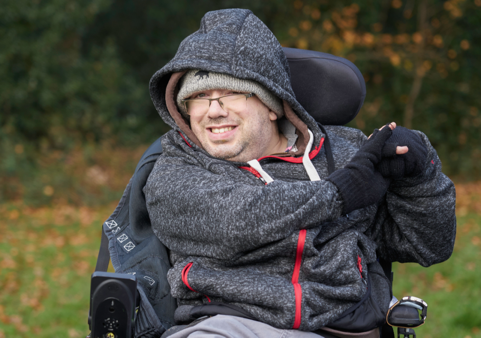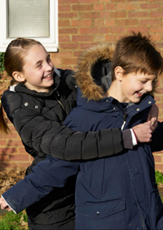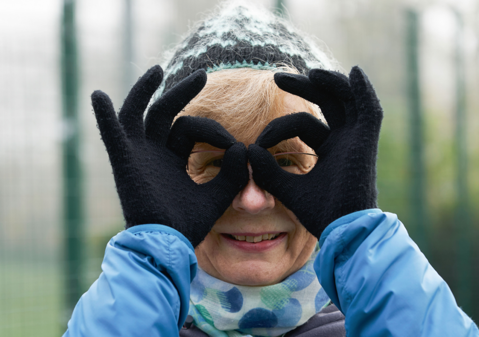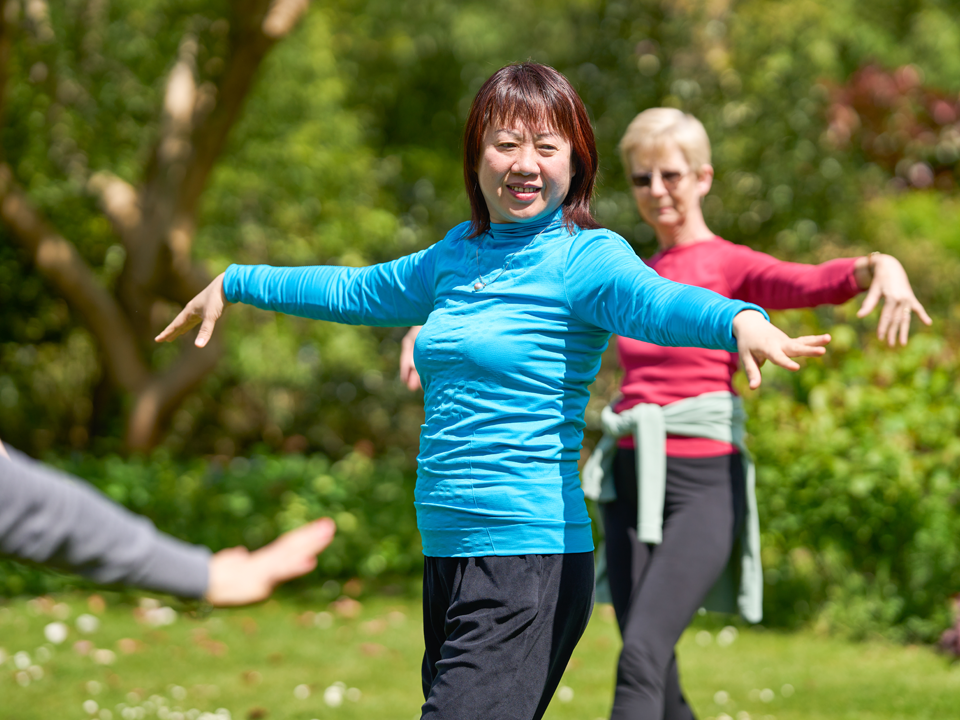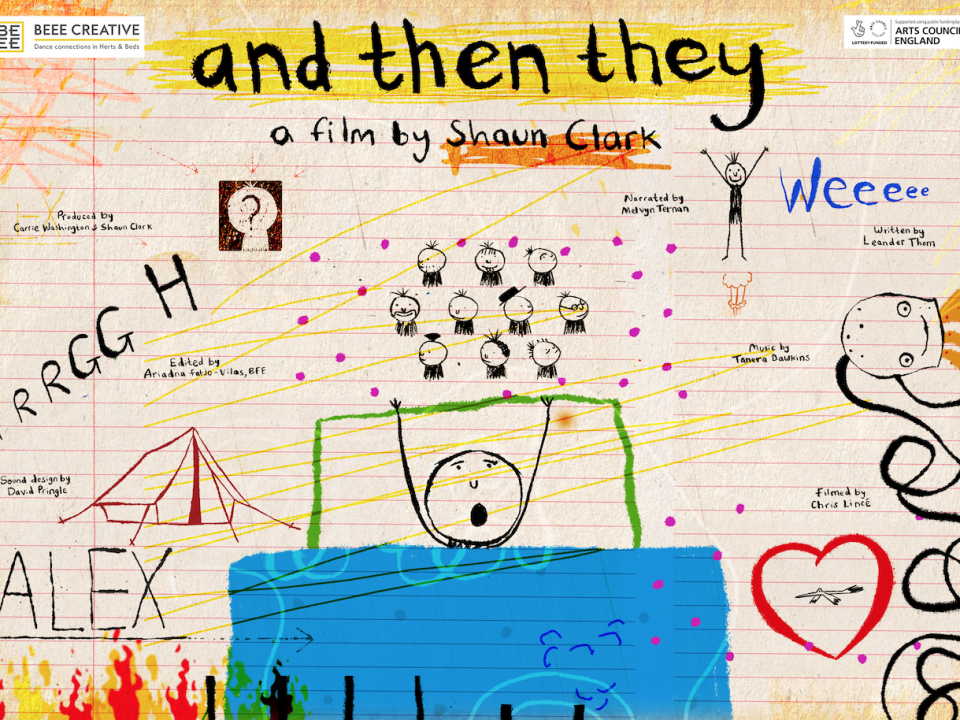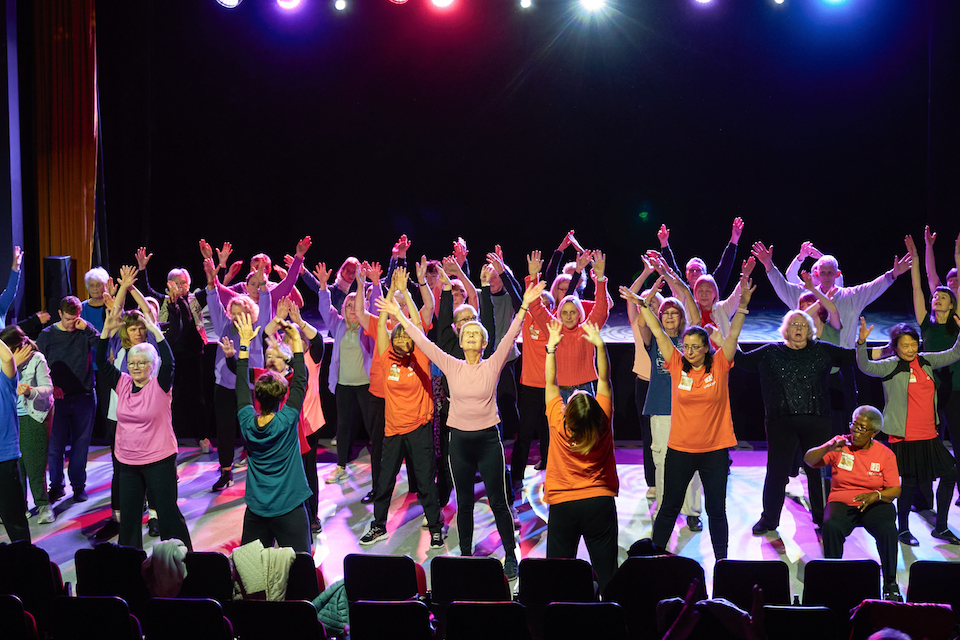
Introducing Dance for Dementia
September 29, 2021
Dance Practitioner Blog – REBECCA BENFORD
October 26, 2021What does it take to be a community dance practitioner? Time, energy, enthusiasm for your practice, motivation to lead and learn, the ability to communicate and connect with your participants, sensitivity and creativity when delivering your best work for your communities, to name just a few elements. Now throw in the concept of a pandemic, and all of these, plus more, are pushed into overdrive.
I spoke to four local Hertfordshire dance practitioners who work with BEEE Creative and who have been the driving force for their communities, with inspiring grace and creative agility. In this series of blogs, each shares the behind the scenes of their practice over the last year and a half while offering an insight into their experiences of working – sensitively and compassionately – in the ever-changing climate of 2020-2021. I hope those reading these blogs can join me in celebrating these artists, as well as the devotion and dedication they have to their practice and communities.
In the first of our series, we are Introducing Laura Horn. Laura runs regular dance sessions for older dancers across Watford and Three Rivers. Her practice focuses on creative exploration, which she believes promotes great well-being outcomes and social connections. She is also passionate about multi art form collaborations and regularly works on shorter term projects with other organisations across all age groups.
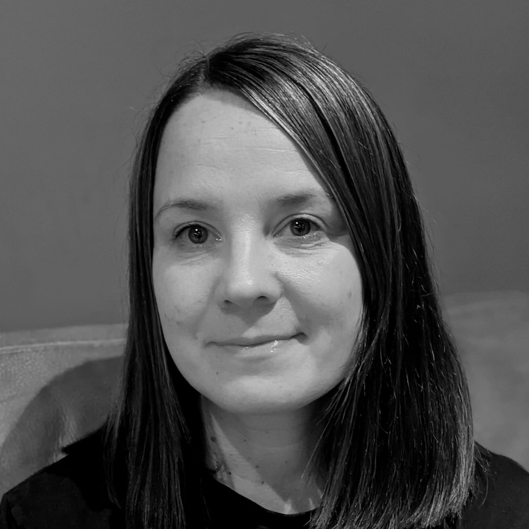
Watford Borough Council, New Connections, Freelance Dance Artist
How would you describe your dance practice and how do you like to work with community groups?
My dance practice at the moment is mainly with older people, most recently it’s crossed over to the intergenerational side of work. The content of my practice is mainly creative dance, using choreography and improvisation techniques to generate movement. I do some taught elements but also, in the last couple of years, I’ve veered to the creative, spontaneous, improvisational elements, or choreographic ideas generated by a certain stimulus – an idea, a song, a story, a picture, things like that.
Has this changed in the last year, due to the pandemic? If so, how?
At first, I found it difficult to get any improvisational response in the genuine way we could get in class, and, using Zoom, I felt like the screen was that barrier. I also thought it was safer to do taught routines as there wasn’t really the opportunity for partner or group work. The tools were there, but I felt the technology was quite confusing for the participants, so better to celebrate them just logging on rather than throwing extra issues or challenges in to the mix. As I made my way through working online though, I felt we could use a few more techniques to generate our own choreography.
I missed live delivery, so seeing people on the news delivering sessions in their streets prompted me to do the same for my neighbours. And that’s when I started a group at the end of my street too, meeting new people and dancing together.
I used to work in quite an abstract way when I approached choreography, using things without personal meaning to the dancers. I guess I was a bit scared to bring in their personal memories, and maybe wouldn’t know how to deal with that. So, when the pandemic hit, those people and their wellbeing became more important to me. The content of the class or the physical activity they were getting was less important, and actually just connecting with them and keeping them together as a group for that emotional wellbeing aspect took priority.
What was your initial reaction to the pandemic and the impact it would have on your work throughout 2020?
I can’t go near anyone I usually work with because they’re all in that vulnerable, older category. We talked a lot on our WhatsApp group, but it went really quiet at first and I knew we were all scared.
I did go to the park with six at a time when I could and it took time to set things up, but I did go to leading a weekly Zoom class in the summer too. I really missed my New Connections group, and then seeing some of them working comfortably on Zoom for BEEE Creative’s #TAG Dance Film project, I wanted to see them regularly and decided to do a weekly Zoom. At first it was very tentative, it was half an hour, and I changed the date and time sometimes because I had little ones with me. I was really nervous about being interrupted by the kids, but as it went on, I realised the participants understood; they’re all really capable of carrying on if I need to sort someone out in the middle of it, and so I built confidence in being human in my house with three children and managed to commit to a regular session eventually.
It took a while as a practitioner to think that I could teach on Zoom and then to do it live. I can blend it, if necessary, dependent on weather or lockdown guidelines. Along the way, people have liked different things; some people were still not ready to come face-to-face, some people needed face-to-face, so I felt obliged to take this into account making it work for the majority, while ensuring there was always something on offer for everyone.
From adapting over the last year, what ways of working would you like to keep in your practice?
All of the reaching out, networking and support between us as artists has been so incredible. I don’t think we would have achieved that level of collaboration and connection if this hadn’t happened. I’m already doing more projects with Rebecca (Benford) and Louise (White), and BEEE Creative as well. Being an independent artist is really difficult, and it can be quite lonely, which we’ve all said. So, to have people you can bounce ideas off, who are in the same situation and facing the same problems and successes, and who are passionate about the same things has been really helpful. Hopefully that level of collaboration and closeness we’ve developed will continue and go from strength to strength.
In terms of my practice and what I’ve been delivering, I have the confidence now to do things online. New Connections are collaborating with Kate Flatt, and had this not happened, there’s no way they would have been comfortable to join a Zoom creative R&D with her. Everyone’s very flexible now, and very adaptable, even agreeing to, and enjoying joining Kate’s youth theatre workshop online at the end of the project. Things like that I’d like to keep, where you don’t have to get everyone together in a theatre, on a certain night and are able to collaborate with other artists online – when we’ve got over the whole overload of online.
I want to keep the bond we have in the group too. The participants always cared for each other, genuinely wanting to know how each other’s weeks had been, and enquiring about ailments, but now it’s gone to a new level and friendships have become stronger. Personally, when I’m in the room with participants, I’m more aware and It’s more about how they’re enjoying being together, safely, than thinking about finishing a phrase or panicking about an upcoming performance; I’m prioritising their wellbeing more.
From adapting over the last year, what ways of working are you looking forward to leaving behind in your practice?
I would say Zoom sessions, but already I’ve seen how useful they can be in offering a combined approach.
I want to leave behind social distancing. While the 2-metre rule still exists, all participants are double vaccinated, so we’re becoming more relaxed around each other, but I have to remind them to keep their distance sometimes, and that’s horrible in the middle of a session, when they’re really getting in to something creative.
It would be nice to have the focus on the creativity and not the risk assessment, the anti-bac wipes, the spots on the floor, asking who touched which chairs, that’s all stifling as a practitioner.
Tell me a little more about a particular project you are proud of from 2020.
In particular, because it’s combined everything that I’ve loved and hated about the pandemic, it has to be the dance film from #TAG. It was my first endeavour on Zoom, having the training with Zach and Jen (makeAMPLIFY), not knowing if I’d be able to combine what I do with technology but really wanting to be involved. Everyone was really supportive with the technology side of things, we were all in new territory, so I thought I would just go for it. Because I’d made the connection with the street group already, I got them involved, and some of New Connections were on board, so I was seeing familiar faces too. I was working in a completely different way on Zoom, advising people how to film themselves dancing even though I didn’t know a thing about filming on camera, and was connecting with people of all different ages. I’d been so focused on the older ages, that it was comforting to see a baby on screen, a toddler, a mum trying to cope with the baby and me thinking, ‘I know where you’re at’. It was about encouraging people to participate how they could. And then to have all those people from different backgrounds on the live screen together, after working on our small screens in smaller groups; me trying to connect to the WiFi on the street… I’m really proud of that because the outcome was amazing. It was combining all the people I love to work with, who I don’t normally combine in one space, for one project, to create an amazing film; to get Zach and Jen’s input and find a whole new element to my usual process. And it came along at a time when we were all still wondering what was going on. Now we could set up a project online quickly.
I also created the WhatsApp project with New Connections, Holding Hands. I used a technique inspired by Moving Memory Dance Theatre because I had mentoring with Sian (Stevenson), from the company. One of their ideas to generate movement was about people they knew, and feelings they had about those people. I was concerned for the people who couldn’t access Zoom, and really wanted them to still be part of the group. They were messaging on WhatsApp about their day to day lives, so I thought it would be a good way to get them back moving with us. When I got them on screen for the WhatsApp video project, I was really motivated to talk about what was important to them, how they were feeling, how we could use that to express it in movement and turn it in to a positive thing, making quality movement content out of that. I suppose that was a surprise for me; a shift in my priority, as in their wellbeing being paramount, but finding how we can make that integral to the movement that we share as well. And now we’re carrying on from Holding Hands, to make a live piece in the studio. I showed the routine we made first, to those I haven’t seen for a couple of years; they were really intrigued, and then they’ve come in to the space and are around people who have been working with me and have really gone for it, really embraced it. I created a safety net of it not having to be something deep and emotional shared, it could be something quirky. And I do find that people stick to whatever depth they want to go to, because they’ve been given permission to talk about something they choose.
Is there a hope, dream or goal you’re working towards in your practice for the future? If so, what?
Obviously, I’ve got New Connections which is amazing because I’ve got that in support of my role through the council, and I’m trying to make roots to expand that in to provision for dementia groups, with wellbeing becoming important to me. Knowing there are so many groups out there who have really suffered through this, it would be such a joy to share what we do.
It’s been a slow burner for me, being home with my little one. But as she Is now starting school, I want to delve back into my freelance practice too. I’m developing professional practice by shadowing groups specifically for seated dancers and dancers living with dementia. In Watford we’re a dementia friendly town, we have loads of dementia groups, and I’m thinking of using my New Connections dancers to hopefully assist me, once I’ve done my training. As a freelancer I’ve had interest from the Peace Hospice in Three Rivers, to bring my work out to their partner care homes, residential units and hospice day groups.
Then working with Moving Memory Dance Theatre, I’m able to focus on the performance elements of New Connections. Some of them are so ready to launch themselves in to performance mode, so I think eventually I’ll need to have a core group, a performance group and then the wellbeing groups. But then I think I need to replicate another person to do all that, so it’s all about time.
Hearing from Laura, it seems the initial panic of a pandemic brings more questions than answers at first, taking all you’ve worked on in to a whirlwind of unknowns. But adversity can only create a hurdle so high to block your progressive path, and when a dance practitioner is faced with one, they often have the natural instinct to jump, or crawl under it if need be, finding their way around or through it. All dance artists in the series have faced unknowns, challenges and adaptations galore, but remain positive that all experiences can offer opportunities.
View projects in our BEEE Virtual Gallery
The BEEE Gallery is an interactive virtual space that showcases our projects. You can use your computer keyboard or mouse or the motion detector on your phone to navigate your way around the space and change your view. CLICK HERE to View our BEEE Gallery
Photograph courtesy of Simon Richardson


